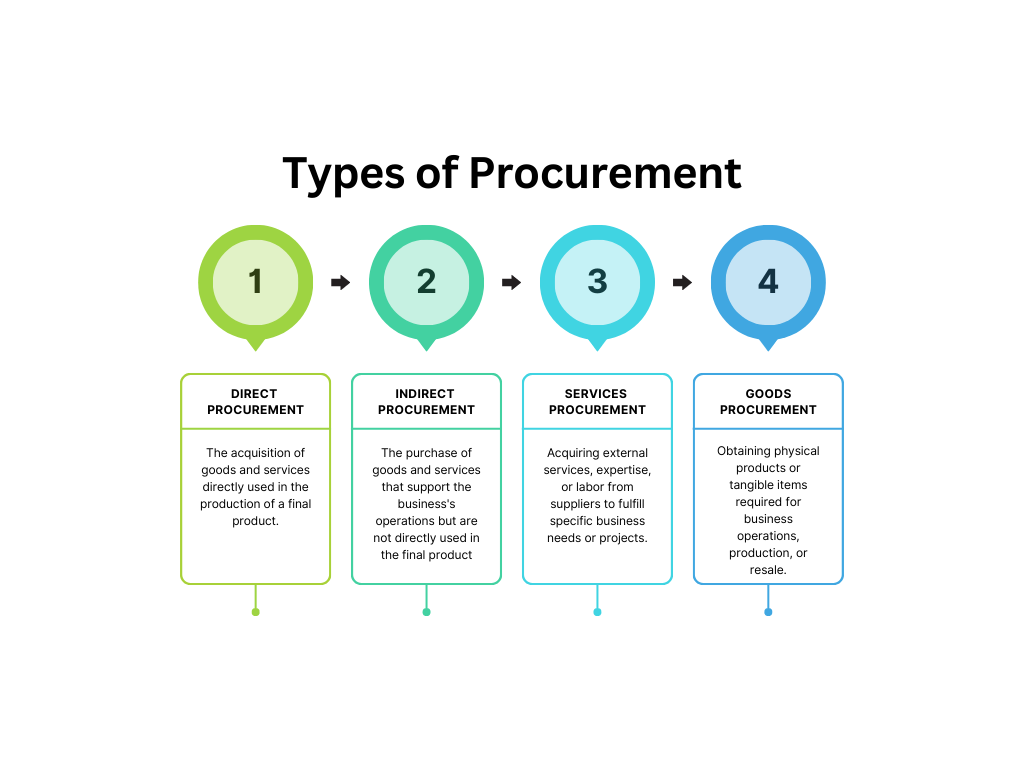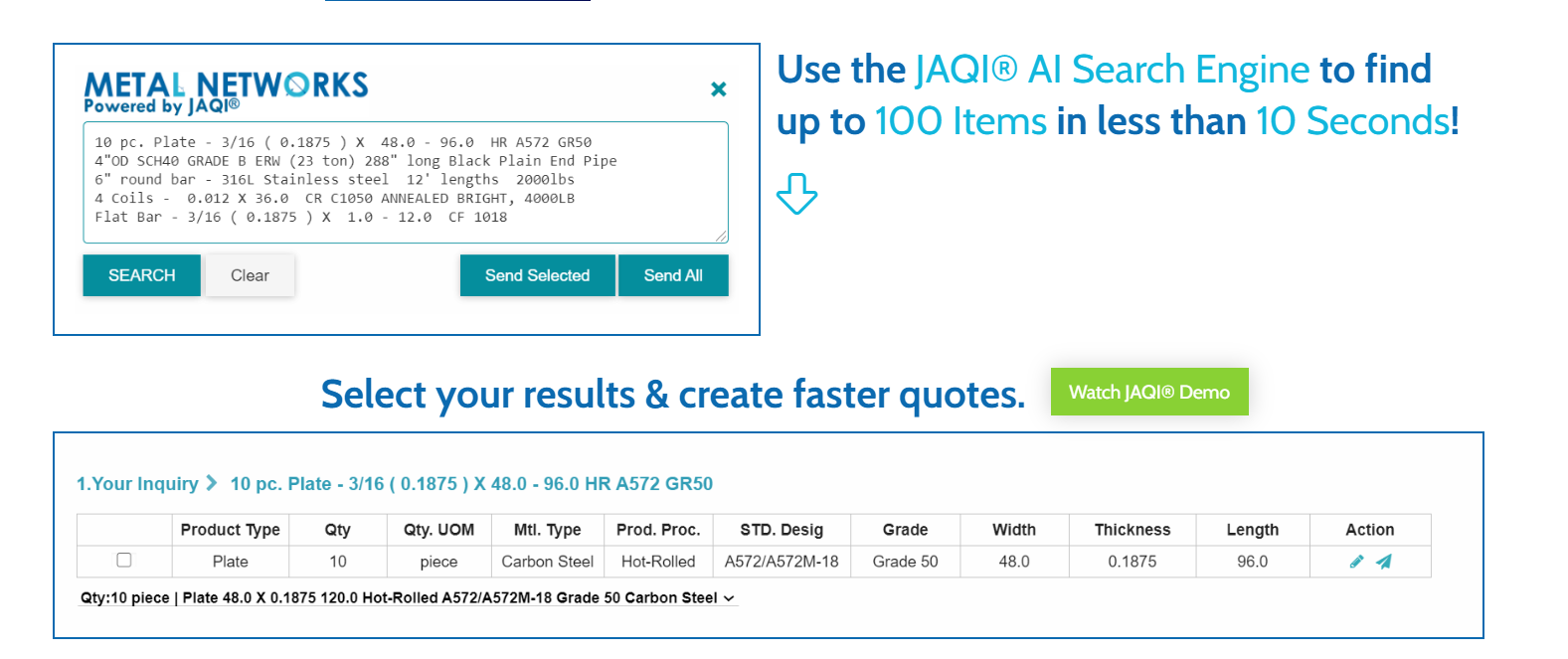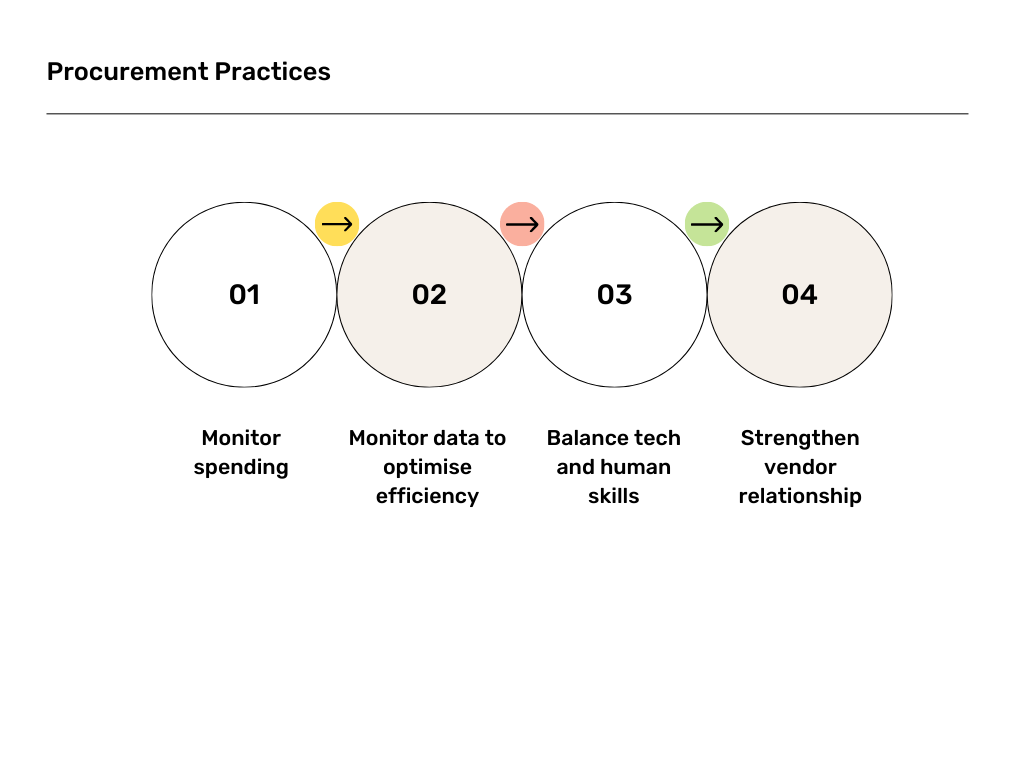5 Practical Ways to Improve Product Procurement Experience
In the world of material supply, ensuring a seamless and efficient procurement experience is paramount. As material suppliers, you are well aware that the success of your business relies on a robust procurement process that not only secures high-quality materials but also optimizes costs and timelines. The landscape of procurement has evolved significantly, and to stay ahead, it’s essential to adapt and embrace strategies that enhance your product procurement experience. From streamlining sourcing and procurement processes to leveraging technology advancements, there are numerous ways to revamp your approach.
In this blog, we’ll explore 5 effective strategies that can take your product procurement game to the next level, empowering you to navigate challenges and seize new opportunities with confidence. So, let’s dive into the world of procurement excellence and discover how to transform your operations for the better.
What product procurement looks like?
Product procurement experience refers to the overall journey and interactions that a business or individual undergoes when acquiring goods or services for their operations or personal use. It encompasses the entire process, from identifying the need for a product, researching potential suppliers, making purchase decisions, negotiating terms, placing orders, receiving and inspecting products, handling payments and managing relationships with suppliers.
A positive product procurement experience involves efficient and effective processes that align with the organization’s goals and requirements. It ensures timely delivery of high-quality products at competitive prices, while also fostering positive relationships with suppliers. On the other hand, a negative procurement experience can involve delays, miscommunication, quality issues, and overall dissatisfaction, which can impact an organization’s operations, costs, and reputation.
Enhancing product procurement experience involves strategies to streamline processes, improve supplier relationships, leverage technology, and optimize decision-making to ensure that procurement activities contribute positively to the overall success of the organization.
#1: Embrace Automation
In the realm of material supply, the procurement process involves a multitude of tasks, from managing invoices to placing repetitive orders. These tasks, while crucial, can be time-consuming and prone to errors when handled manually. Fortunately, automation has emerged as a game-changer in streamlining these processes.
Enterprises can significantly enhance their product procurement experience by embracing automation tools. These cutting-edge solutions are designed to handle various tasks like data extraction, file organization, text interpretation, and even engaging in conversations. By automating these routine workflows, companies can minimize the risk of human errors and ensure greater consistency across the sourcing and procurement cycle.
The prospect of incorporating procurement automation software might seem daunting, but the truth is far more straightforward. For procurement experts, embracing automation for intricate tasks can yield substantial time savings – potentially amounting to days over a year.
In fact, a significant 51% of enterprises consider technology investment in procurement automation a pivotal strategy. The outcomes are impressive: these enterprises have successfully trimmed requisition-to-order costs by an impressive 48% and halved transaction cycle times. The benefits of automation are clear, making it a strategic move that ultimately boosts efficiency and optimizes operations.
#2: Diversify and Strengthen Your Supplier Network
Navigating through a plethora of vendors can be a daunting task, especially when it comes to selecting the right supplier from multiple options. To streamline this process and make informed decisions, consider centralizing a comprehensive directory of suppliers. This directory should include essential information such as product offerings, pricing, quality standards, and more, all presented in a standardized format.
The benefits of such centralization are manifold. With a quick glance, you’ll be equipped to make swift decisions about the ideal supplier for a specific purchase. Additionally, this centralized database fosters better vendor relationships, as you can engage more proactively and collaboratively with your suppliers.
In today’s ever-changing landscape, it’s imperative to have a contingency plan. Thus, it’s wise to include local suppliers in your directory. Even if local suppliers might not always offer the most favorable terms, they could be the lifeline during emergencies or lockdown situations. Maintaining a strong rapport with them is crucial.
Efficiency is key in procurement. Simplify your vendor onboarding process by establishing clear guidelines for supplier identification, evaluation, and onboarding. Standardized performance metrics and qualification monitoring processes should be integral to this system.
While local vendors have their place, don’t limit yourself geographically. Consider expanding your horizons beyond national borders, especially if it promises cost savings. Although this approach demands time and effort to establish overseas connections, the long-term benefits could prove invaluable, driving cost-effectiveness and propelling your company’s growth journey.
#3: Leveraging AI to Streamline Procurement Processes
In the dynamic realm of material supply, integrating Artificial Intelligence (AI) into your procurement processes can be a game-changer. AI brings streamlined efficiency to vendor selection, using data-driven insights to evaluate factors like pricing, quality, and performance. Its predictive demand forecasting aids in optimizing inventory levels, while AI-powered communication tools streamline interactions with suppliers.
Automated invoice management ensures accuracy and faster processing, freeing up resources. AI’s market insights enable agile decision-making, while risk assessment tools help mitigate potential disruptions. With AI-driven negotiation analysis, you can secure better terms and enhance relationships. Embracing AI simplifies complexity, reduces manual efforts, and empowers smarter decision-making, offering a transformative edge to your product procurement journey.
#4: Mitigating Unproductive Spending Through Education
Uncontrolled or counterproductive expenditures often arise when effective preventive measures are absent or when internal buyers lack awareness of procedures, or choose to disregard them due to perceived complexity and delays.
By enlightening your employees about the rationale behind standardized procurement processes, you can effectively curtail this unplanned spending by fostering a stronger inclination towards compliance.
This approach empowers procurement teams to focus their efforts on value-driven activities, rather than expending time on conflict resolution or contract chasing.
Implementing a controlled approach, such as limiting the number of authorized personnel for purchases or setting purchase amount caps, can also prove beneficial. However, it’s essential to strike a balance to avoid overburdening micro-management, which could lead to delays due to the need for constant approvals.
Ultimately, an informed and balanced strategy can reshape procurement dynamics, ensuring efficiency while safeguarding against unnecessary expenditures.
#5: Opt for the Ideal Digital Product Procurement Experience
Streamlining your operations begins with selecting the right digital procurement tool. The act of centralizing and standardizing information might seem like a minor adjustment, but it can yield significant time savings for your users. Whether you’re in any role, the process of locating and sharing information can consume valuable minutes each day, culminating in hours lost over the long run.
According to McKinsey, employees spend an average of 1.8 hours daily – or 9.3 hours weekly – on searching for and collecting information. This scenario holds true for procurement software as well. Adopting a centralized purchasing solution eliminates the need for juggling multiple tools simultaneously, enhancing overall productivity and focus across your teams.
As material suppliers, mastering the art of procurement is crucial for success. Streamlining sourcing and procurement processes, harnessing automation and AI, and nurturing strong vendor relationships are just a few ways to enhance your product procurement experience. By embracing these strategies, you’re not only optimizing efficiency but also driving growth and resilience in an ever-evolving landscape. With a commitment to continuous improvement, your journey towards procurement excellence is set to reshape your business for the better.



